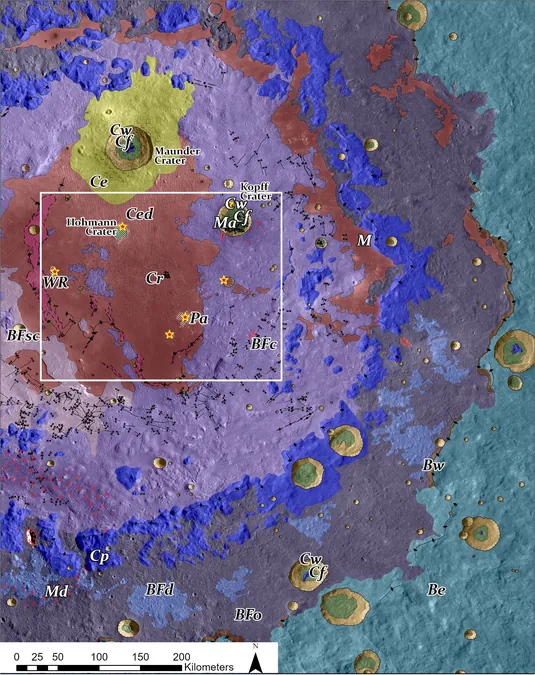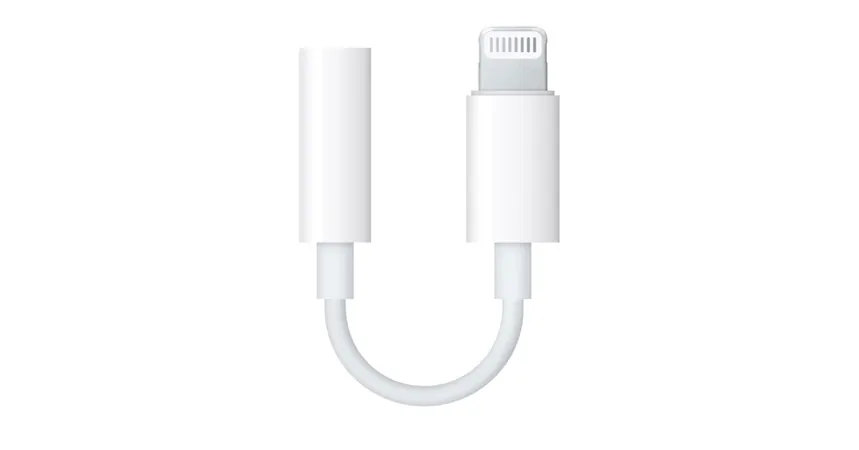
Exciting New Lunar Map Could Revolutionize Our Understanding of Earth’s Formation!
2024-11-18
Author: Wei Ling
Scientists have unveiled a groundbreaking high-resolution geologic map of the Orientale basin on the moon, potentially paving the way for future lunar sample return missions. This map, developed by a research team led by Planetary Science Institute research scientist Kirby Runyon, focuses on the impact melt created by a colossal asteroid collision billions of years ago. This collision resulted in the formation of the multi-ringed Orientale basin, an area rich with geological secrets that could shed light on the history of both the moon and Earth.
Why Lunar Samples Are Crucial:
Impact melt samples are highly sought after by scientists as they help in determining the timeline of significant events in our solar system's history. These rocks—which represent the moment of solidification post-impact—hold the key to unlocking when these catastrophic events occurred. However, geological processes like lava flows and subsequent smaller impacts have muddled the original impact melt, concealing these vital clues beneath layers of rock.
By analyzing this newly created map, scientists hope to distinguish areas that still contain unaltered impact melt. "We chose to map Orientale basin because it's uniquely old and young; about 3.8 billion years old," Runyon explained. This unique characteristic means that while the impact melt is still visible on the surface, the area is also marked by later geological events, complicating the landscape.
A Step Towards the Past:
The Orientale basin is more than just a region of interest; it serves as a comparative template for identifying impact melts in older, more degraded lunar basins. The scientists employed a specific geological mapping strategy using BFsc—an abbreviation for smooth, cracked basin floor materials—to pinpoint areas that maintain unpolluted layers of the original impact melt.
The markings on the map, including stars that denote smaller craters, are designed to highlight places where old impact melt could be reclaimed. If samples from these marked locations yield similar ages to the BFsc regions, they provide a vital framework to extend these techniques to other locations on the moon.
Earth’s Cosmic Attic:
Interestingly, Earth’s geological history from its formative years remains largely obscured due to tectonic activity, erosion, and biological effects. While Earth is approximately 4.5 billion years old, most surface rocks are less than half a billion years old. In stark contrast, lunar rocks are predominantly over 2.5 billion years old, offering an invaluable record of the early solar system and much about Earth’s own past.
As Runyon aptly put it, “The moon functions like Earth's attic in preserving impact records; it acts as a repository of Earth's formative history that we can analyze.” By studying lunar impacts, scientists can infer the frequency and intensity of similar events on Earth. This understanding is crucial for figuring out how such large-scale impacts may have affected the development of life on our planet.
Unlocking Earth’s History:
The implications of this research are profound. Cataclysmic impacts could have altered Earth's environment dramatically, potentially vaporizing oceans and eradicating any nascent life forms. Recent studies suggest that while these massive impacts certainly caused chaotic conditions, Earth may never have been entirely sterilized, with oceans possibly recondensing after each large-scale impact.
Runyon and his colleagues are optimistic that their mapping technique will not only enhance our understanding of the Orientale basin but can also be applied to many other lunar basins in future missions. The hope is that through careful sampling and analysis, they can reconstruct a clearer picture of lunar and, by extension, Earth's early history, providing insights into the very origins of life.
Don’t Miss Out:
As researchers prepare for future missions, the potential findings could change our understanding of not only the moon and its geological history but also of our own planet’s origins across the cosmos. Stay tuned for more updates on this exciting adventure into our solar system’s past!




 Brasil (PT)
Brasil (PT)
 Canada (EN)
Canada (EN)
 Chile (ES)
Chile (ES)
 España (ES)
España (ES)
 France (FR)
France (FR)
 Hong Kong (EN)
Hong Kong (EN)
 Italia (IT)
Italia (IT)
 日本 (JA)
日本 (JA)
 Magyarország (HU)
Magyarország (HU)
 Norge (NO)
Norge (NO)
 Polska (PL)
Polska (PL)
 Schweiz (DE)
Schweiz (DE)
 Singapore (EN)
Singapore (EN)
 Sverige (SV)
Sverige (SV)
 Suomi (FI)
Suomi (FI)
 Türkiye (TR)
Türkiye (TR)